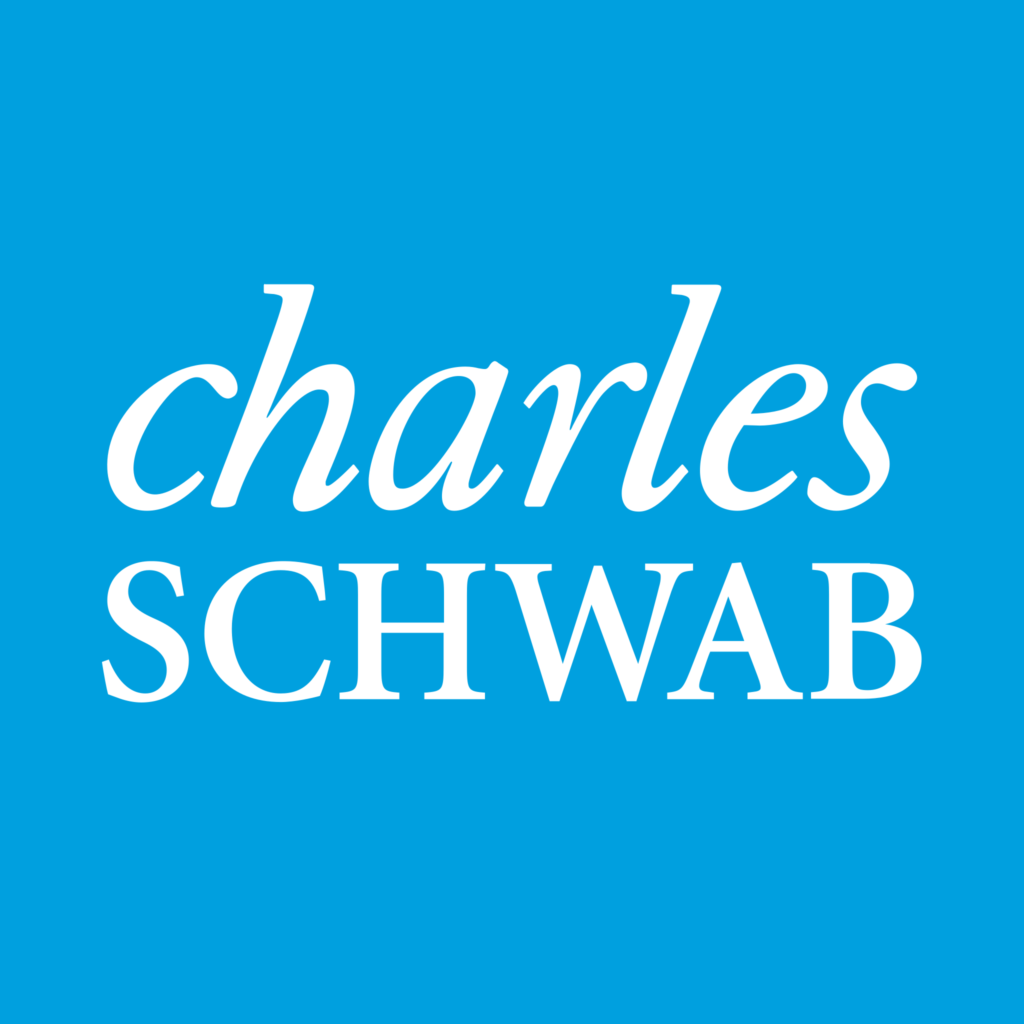Insight
Are you a high-income earner who wants to take advantage of the benefits of a Roth IRA? If so, the backdoor Roth IRA may be the perfect option for you.
The backdoor Roth IRA is a strategy that allows high-income earners to contribute to a Roth IRA, even if their income exceeds the Roth IRA contribution limits. In this blog, we’ll explain what a backdoor Roth IRA is and provide a step-by-step guide to help you get started.
What is a Backdoor Roth IRA?
Before we dive into the details of the backdoor Roth IRA, let’s first review what a Roth IRA is. A Roth IRA is a type of retirement account that allows you to make after-tax contributions. This means that you pay taxes on the money before you contribute it to the account, and then the money grows tax-free. When you withdraw the money in retirement, you won’t owe any taxes on the earnings.
One of the main benefits of a Roth IRA is that there are no required minimum distributions (RMDs) during your lifetime. This means that you can leave the money in the account and let it continue to grow tax-free for as long as you like.
However, there are income limits for contributing to a Roth IRA. In 2022, if you are single and your income is over $140,000 or married filing jointly with income over $208,000, you cannot make a direct contribution to a Roth IRA.
This is where the backdoor Roth IRA comes in. The backdoor Roth IRA is a strategy that allows high-income earners to contribute to a Roth IRA, even if their income exceeds the Roth IRA contribution limits. Here’s how it works:
Step-by-Step Guide to a Backdoor Roth IRA
Step 1: Make a non-deductible contribution to a Traditional IRA.
Since you cannot contribute directly to a Roth IRA due to income limits, you will first need to make a non-deductible contribution to a Traditional IRA. This is a contribution that is made with after-tax dollars, just like a Roth IRA. In 2022, the maximum contribution limit for a Traditional IRA is $6,000 for individuals under age 50, and $7,000 for those age 50 or older.
One caveat to this is if you already have traditional IRA money it will make a back-door Roth less effective. This is because the IRS will tax the conversion using the pro-rata rule. Which is why it is important to consult with an advisor and tax preparer before going through with this.
Step 2: Convert the Traditional IRA to a Roth IRA.
After making your non-deductible contribution to a Traditional IRA, you will then convert that Traditional IRA to a Roth IRA. This is where the backdoor Roth IRA gets its name, as you are essentially sneaking money into a Roth IRA through the “back door.” When you convert the Traditional IRA to a Roth IRA, you will owe taxes on any pre-tax contributions and earnings in the Traditional IRA.
Step 3: File Form 8606 with your tax return.
When you make a non-deductible contribution to a Traditional IRA and then convert it to a Roth IRA, you must file Form 8606 with your tax return for the year of the conversion. This form helps you keep track of your non-deductible contributions and calculate the amount of tax owed on the conversion. Make sure to keep a copy of the form for your records.
It’s important to note that if you have other Traditional IRAs with pre-tax contributions, the tax implications of a backdoor Roth IRA can become more complicated. Speak with a tax professional to determine the best course of action for your situation.
Benefits of a Backdoor Roth IRA
The backdoor Roth IRA allows high-income earners to take advantage of the benefits of a Roth IRA, such as tax-free growth and no required minimum distributions, even if they cannot contribute directly due to income limits.
One caveat to this is if you already have traditional IRA money it will make a back-door Roth less effective. This is because the IRS will tax the conversion using the pro-rata rule. Which is why it is important to consult with an advisor and tax preparer before going through with this.
If you would like to explore this strategy and find out if it works for you, please give us a call and we will be happy to help.




